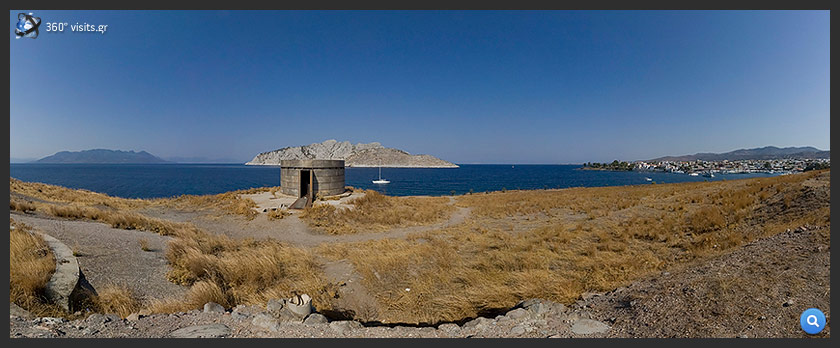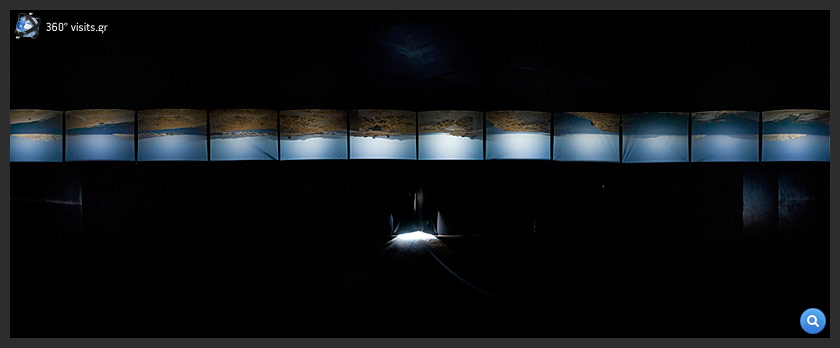| What is a Camera Obscura? Camera = Latin for "room" Obscura = Latin for "dark" Go into a very dark room on a bright day. Make a small hole in a window cover and look at the opposite wall. What do you see? Magic! There in full color and movement will be the world outside the window - upside down! This magic is explained by a simple law of the physical world. Light travels in a straight line and when some of the rays reflected from a bright subject pass through a small hole in thin material they do not scatter but cross and reform as an upside down image on a flat surface held parallel to the hole. This law of optics was known in ancient times. The earliest mention of this type of device was by the Chinese philosopher Mo-Ti (5th century BC). He formally recorded the creation of an inverted image formed by light rays passing through a pinhole into a darkened room. He called this darkened room a "collecting place" or the "locked treasure room." Aristotle (384-322 BC) understood the optical principle of the camera obscura. He viewed the crescent shape of a partially eclipsed sun projected on the ground through the holes in a sieve, and the gaps between leaves of a plane tree. The tenth century Arabian scholar Alhazen of Basra had a portable tent room for solar observation and gave a full account of the principle. In 1490 Leonardo Da Vinci gave two clear descriptions of the Camera Obscura in his notebooks. Many of the first Camera Obscuras were large rooms like that illustrated by the Dutch scientist Reinerus Gemma-Frisius in 1544 for use in observing a solar eclipse. |
The development of the camera obscura took two tracks. One of these led to the portable box device that was a drawing tool. In the 17th and 18th century many artists were aided by the use of the camera obscura. Jan Vermeer, Canaletto, Guardi, and Paul Sandby are representative of this group. By the beginning of the 19th century the camera obscura was ready with little or no modification to accept a sheet of light sensitive material to become the photographic camera. In the 19th century, with improved lenses that could cast larger and sharper images, the camera obscura flourished at the seaside and in areas of scenic beauty. About the project The Camera Obscura Building which was erected on the island of Aegina (Perdika), is a cylindric house, with seven meters in diameter, and with twelve openings in all hemispherical directions. Through these twelve holes light will enter the dark room, and thus produce an image of the 360° panorama of the outside world, split up in twelve individual images, upside down and reversed, on an circular, semi-transparent screen, hanging down from the ceiling. The Camera Obscura in Perdika (Aegina island) is the first one built in Greece and the only Camera Obscura worldwide with a 360° panorama. Concept by: Gustav Deutsch, Architect: Franz Berzl Realization: Gavrillos Michalis |







